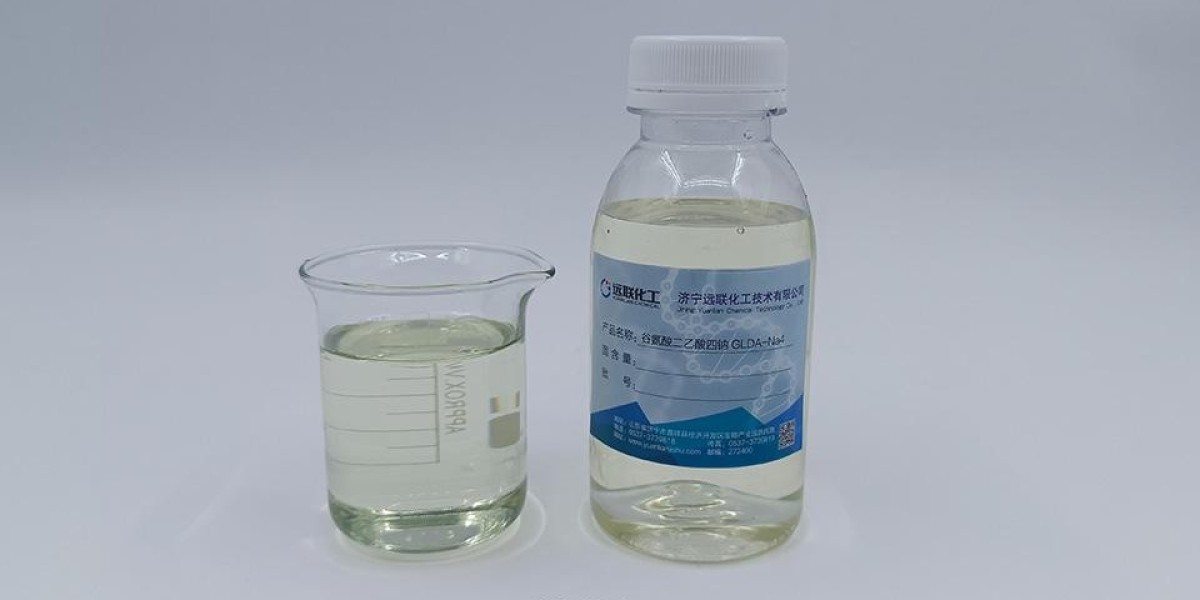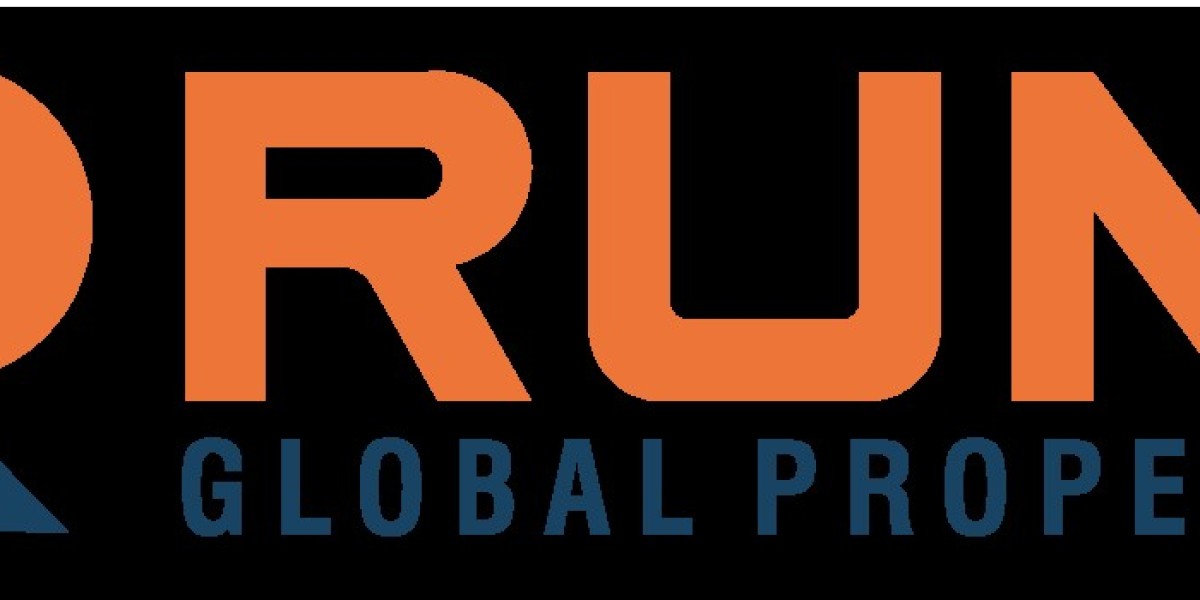Cadmium (Cd), as a major pollutant in China's farmland soils, poses a significant threat to agricultural productivity and human health. Phytoremediation technology, which utilizes hyperaccumulator plants to absorb, transport, and accumulate heavy metals in their aboveground biomass, offers a cost-effective and environmentally friendly solution for removing contaminants through harvest. Grain amaranth (Amaranthus spp.), with its high biomass, strong Cd accumulation capacity, economic benefits, and effective remediation potential, shows great promise for simultaneous crop production and soil remediation in Cd-contaminated farmlands. However, traditional phytoremediation is time-consuming, and the stable chemical forms of heavy metals in agricultural soils limit its efficiency.
In recent years, chelate-enhanced phytoremediation has emerged as a promising approach to improve heavy metal extraction. Conventional chelating agents like EDTA and EGTA may pose secondary pollution risks, making biodegradable alternatives a key research focus.
Green Chelating Agents: GLDA and NTA
Tetrasodium glutamate diacetate (GLDA), a representative green chelating agent, derives 86% of its carbon from sustainable sources and has gained attention for its high biodegradability and dispersibility. Nitrilotriacetic acid (NTA), on the other hand, exhibits strong proton-donating capacity, maintaining acidic soil conditions that enhance heavy metal solubilization. Studies show that NTA can effectively extract Cd, removing up to 65% of the metal from soil. These chelators can also be applied in combination for improved remediation.
Research Findings on Chelate-Assisted Phytoremediation
Experimental results indicate that treatments with GLDA, NTA, and GLDA-NTA had varying effects on grain amaranth’s aboveground biomass, Cd enrichment and translocation factors, Cd extraction efficiency, and rhizosphere soil Cd speciation. Compared to the control (no chelator), chelator application did not significantly alter plant biomass. However, the three treatments differentially influenced Cd uptake, with the GLDA-NTA combination showing the most pronounced enhancement, followed by GLDA alone, while NTA exhibited relatively weaker effects.
Conclusion
The combined use of composite chelators (e.g., GLDA-NTA) with grain amaranth phytoremediation effectively activates heavy metals and improves Cd extraction efficiency. This approach represents a sustainable, eco-friendly, and scalable remediation strategy for lightly to moderately Cd-contaminated farmlands, offering valuable insights for soil restoration.
About Yuanlian Chemical
Yuanlian Chemical specializes in the R&D and production of green chelating and complexing agents. Our products are widely used in:
Water treatment chemicals
Cleaning and detergent formulations
Pulp & paper additives
Textile and dyeing auxiliaries
Oilfield chemicals
Metal surface treatment & cutting fluids
Personal & home care products
Gypsum and concrete retarders
Construction chemicals
Agricultural additives
This integrated remediation method highlights the synergy between advanced green chemistry and plant-based solutions for sustainable soil management.








